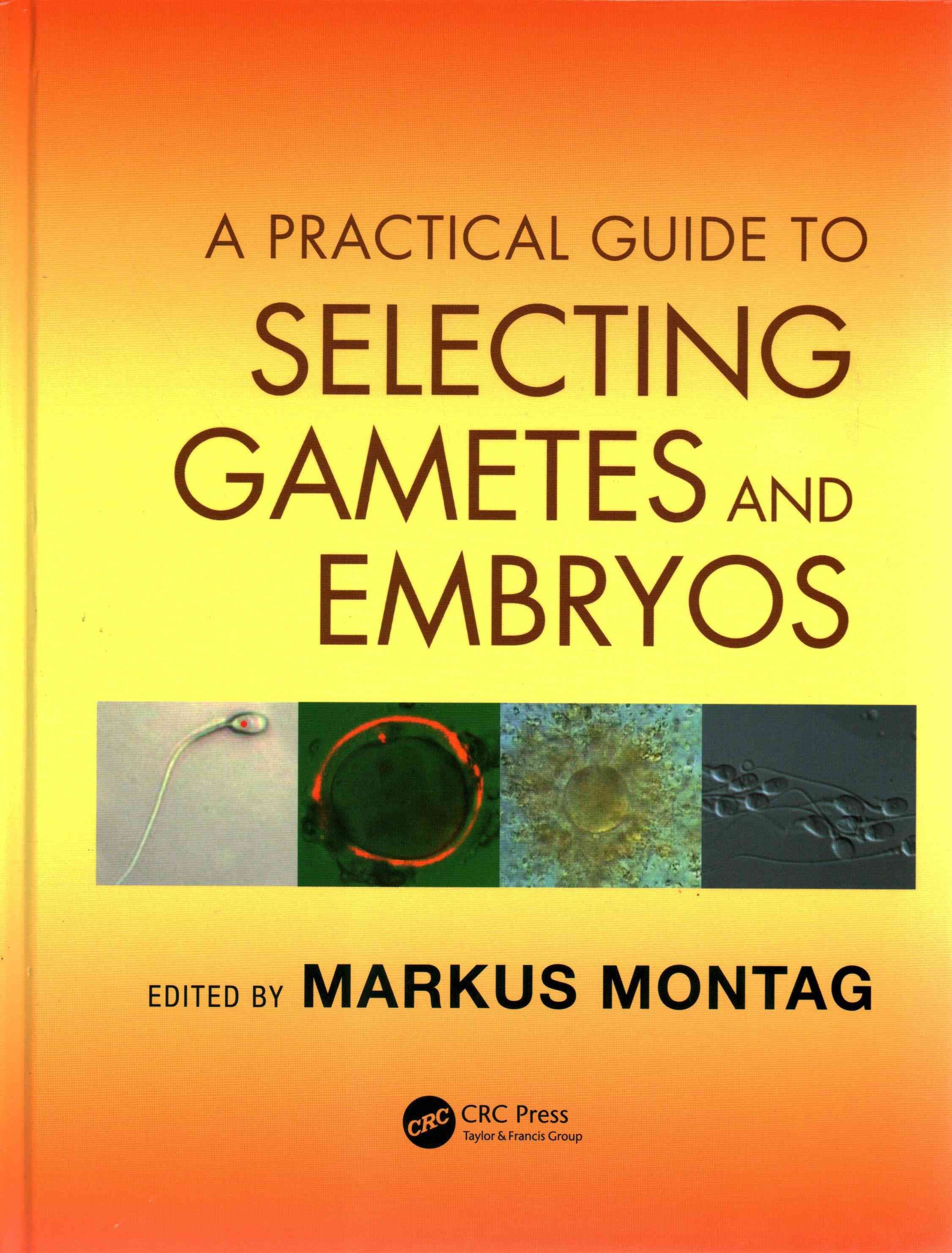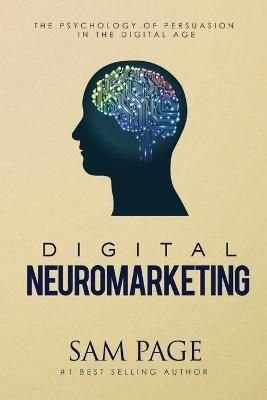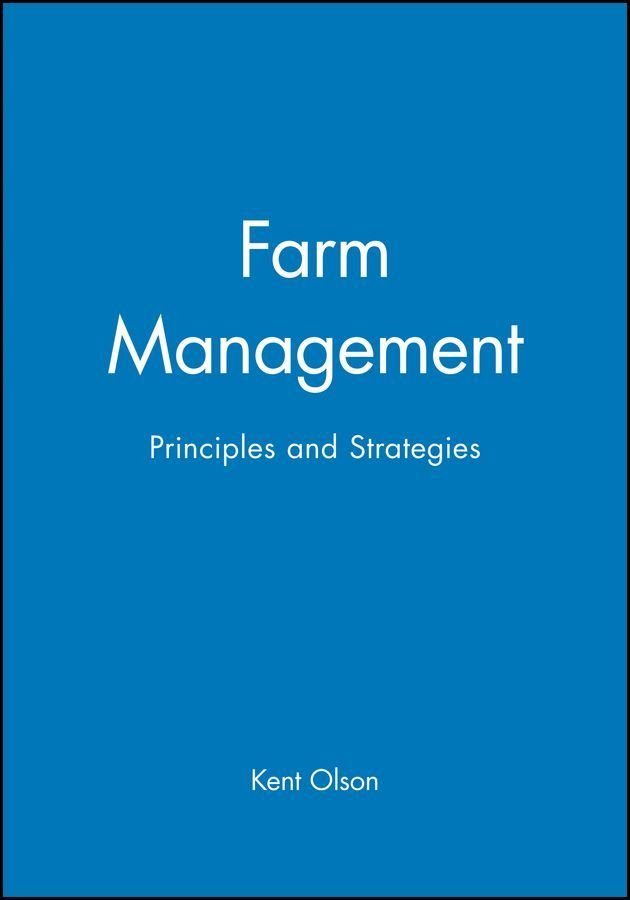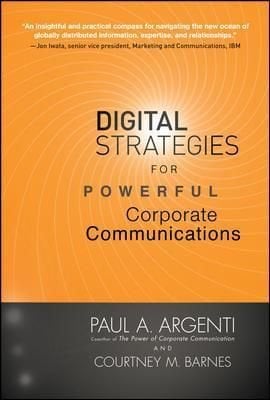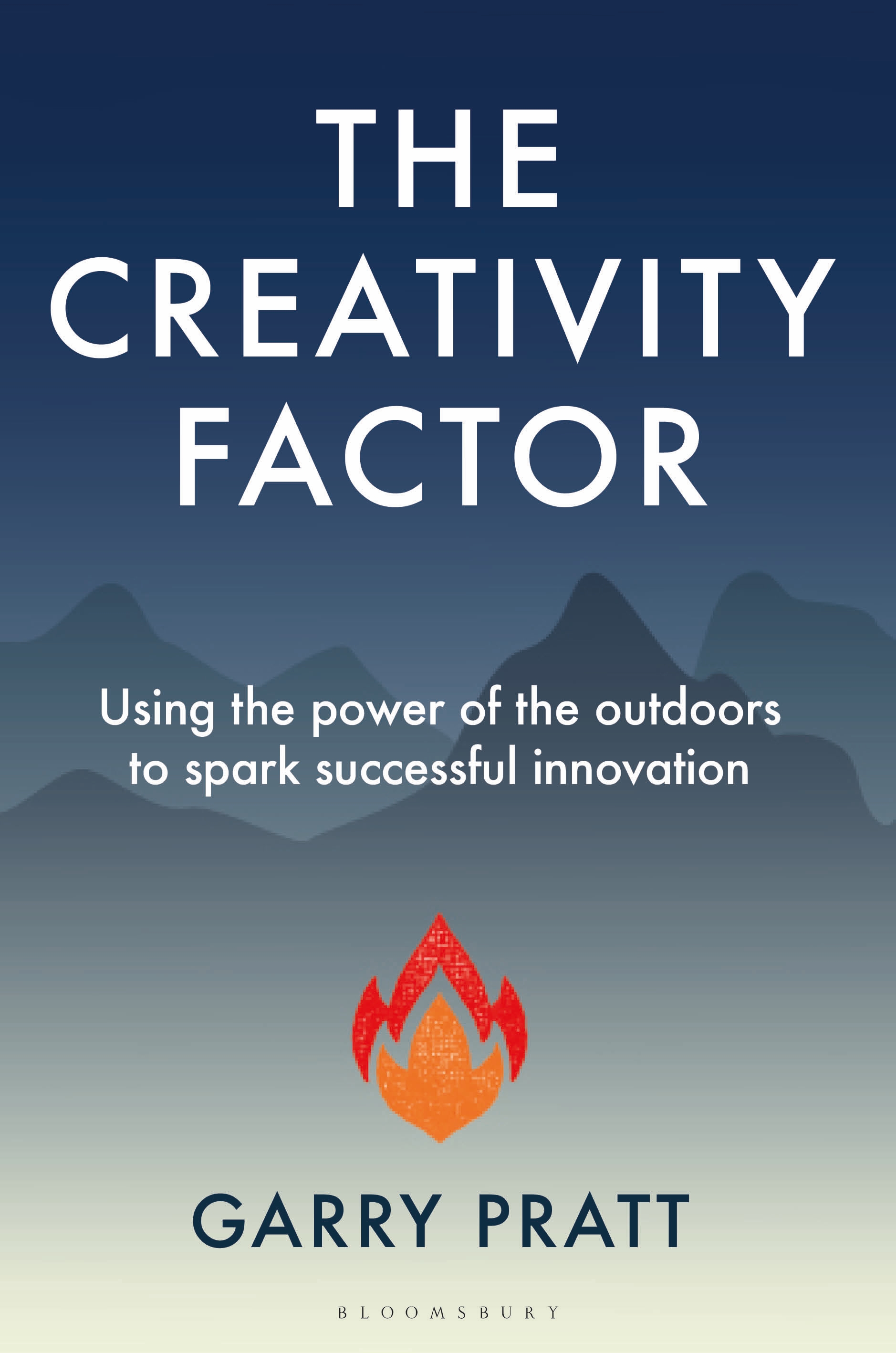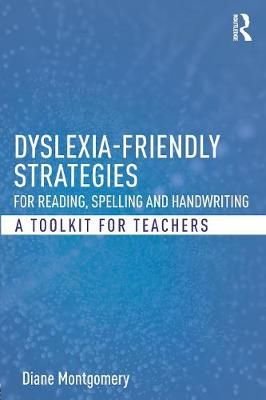Preface The development of current technologies to identify the most viable oocyte, sperm, or embryo is one of the most discussed topics in assisted reproduction conferences and symposia. However, most of these, sometimes fancy, technologies are yet to be used in the daily routine of an in vitro fertilization laboratory, and the reasons for this are many. So, from the perspective of the laboratory, it would be helpful to have an overview of ready-to-use assisted reproduction technologies, with practicalguidance by those who have knowledge and expertise in the relevant topic. The resultant textbook, A Practical Guide to Selecting Gametes and Embryos, has compiled such practical tips, accompanied by numerous figures and descriptions of methods. The book differentiates between noninvasive and invasive techniques; however, to my understanding, even the most sophisticated selection strategies may fail if they are not based on a sound start. It happens frequently, that is, by looking at the most ideal endpoint, we simply overlook the way to reach that endpoint. Practically speaking, the starting point involves good practice in the laboratory setting in handling gametes and embryos with special focus on quality measures. This starting point is an absolute prerequisite to be able to apply selection strategies that make sense. I thank all the authors who have devoted their time to contribute to this illustrated textbook. They are all active in their respective fields with numerous obligations; hence, taking on the additional task of contributing to this book is a commitment that cannot be praised enough–
